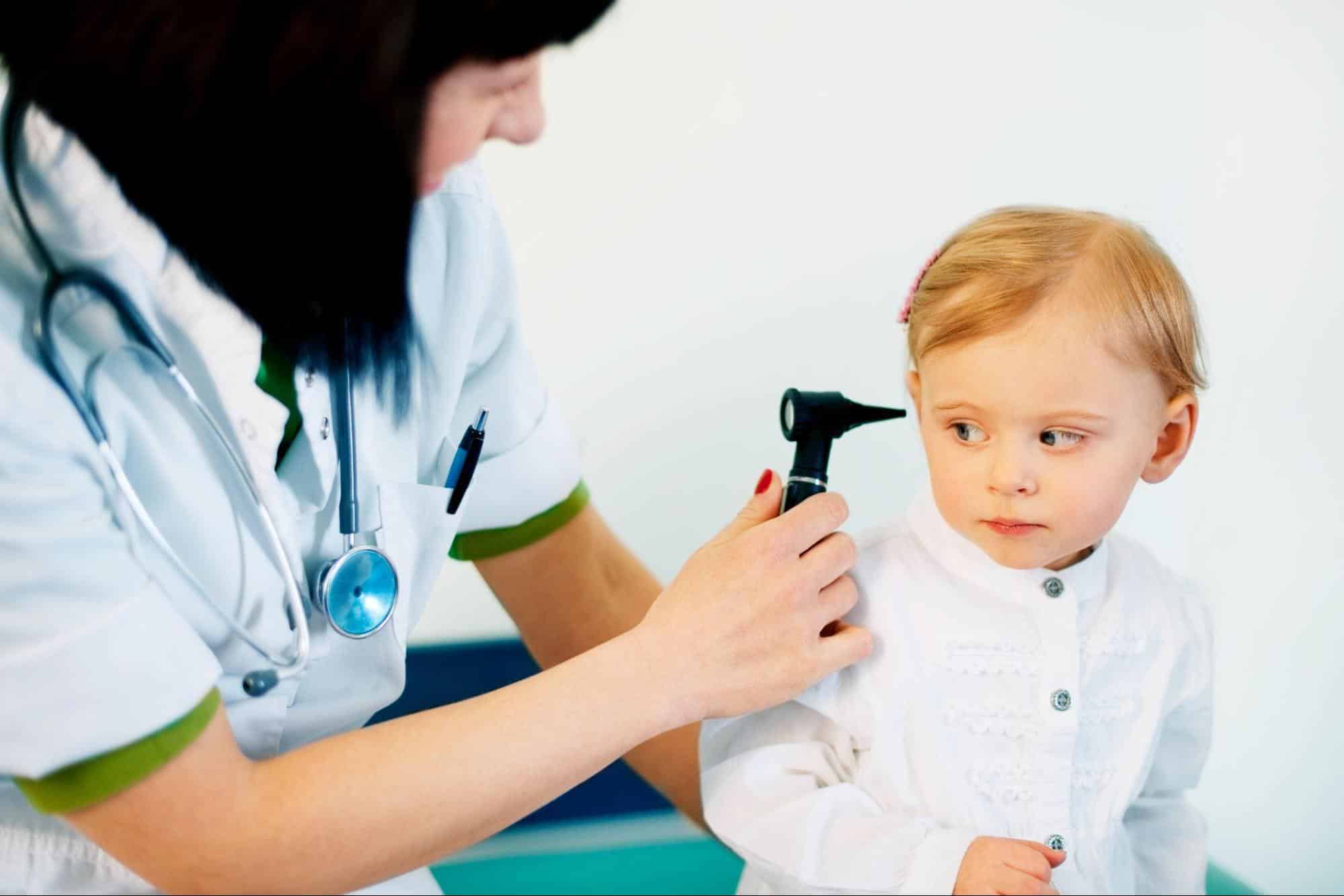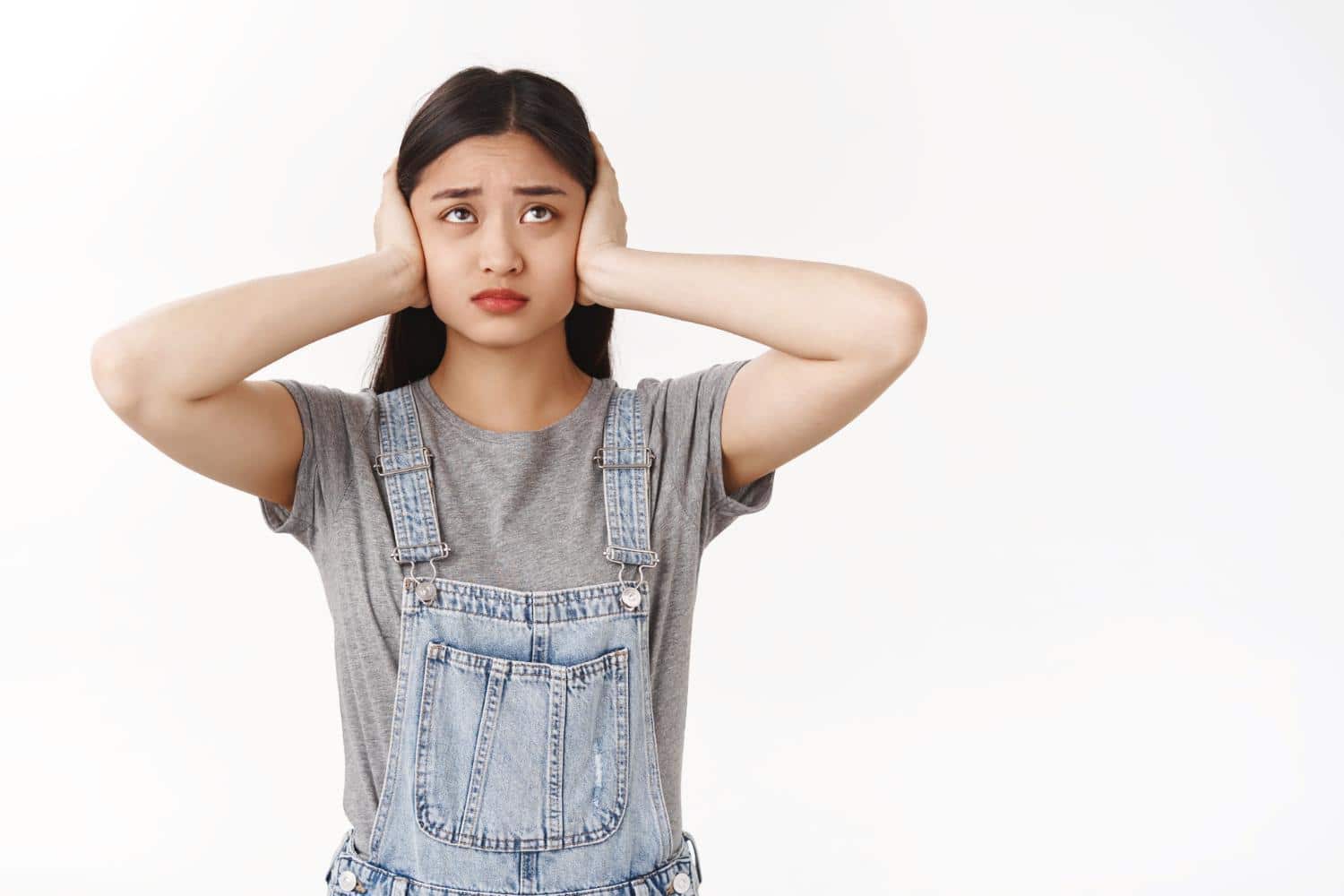In today’s fast-paced world, noise pollution has emerged as a significant environmental challenge, often slipping under the radar yet profoundly affecting our ear health. With the urban expansion and the constant hum of technology, the clamor of our surroundings has become an omnipresent companion. This guide delves into the risks posed by noise pollution, the importance of preventive measures, and actionable tips for safeguarding your auditory well-being.
Understanding Noise Pollution and Its Sources
Noise pollution, an unwelcome and harmful outdoor sound, has increasingly become a critical public health concern, particularly within densely populated areas. From the relentless roar of traffic in urban landscapes to the machinery noise in industrial settings, the sources of noise pollution are as varied as they are pervasive. In the Philippines, where the blend of urban development and bustling city life is prominent, identifying these sources is the first step in mitigating their impact.
The Science Behind Noise-Induced Hearing Loss
Chronic exposure to elevated sound levels can inflict lasting damage on the auditory system, leading to noise-induced hearing loss (NIHL). This condition stems from the destruction of tiny hair cells in the inner ear, which are essential for sound transmission to the brain. The threshold for safe noise exposure is commonly pegged at 85 decibels, beyond which the risk of hearing damage escalates with both the sound level and exposure duration. This scientific backdrop underscores the necessity for hearing protection and regular hearing tests in the Philippines to catch and address potential hearing impairments early.

Recognizing the Signs of Noise-Induced Hearing Loss
Early detection of noise-induced hearing loss hinges on recognizing its initial warning signs. These may include difficulties in understanding speech in noisy environments, a persistent ringing in the ears (tinnitus), or a feeling of fullness in the ears following exposure to loud noises. These signs are not just fleeting reactions but potential alerts to deeper, underlying issues caused by excessive noise exposure.
Preventive Measures in Noisy Environments
Arming oneself with effective hearing protection is paramount in environments rife with noise pollution. Understanding the types of hearing protection devices available is crucial in this regard. Personal protective equipment (PPE), like earplugs and noise-canceling headphones, serves as a frontline defense against harmful noise levels. Each type of device offers unique benefits, catering to different environments and personal sensitivities, thereby ensuring individuals can choose the most suitable protection for their specific needs.
Regular hearing assessments are also crucial, serving as an essential tool in the early detection of hearing loss. For vulnerable populations, such as children who are exposed to noisy environments, undergoing a child hearing screening can be particularly beneficial. These screenings are designed to catch the slightest deviations in hearing ability, facilitating early and effective intervention. By acknowledging and acting upon these early warning signs through regular check-ups at a certified hearing aid center in the Philippines, you can significantly mitigate the adverse effects of noise pollution on your hearing health, ensuring a proactive approach to preserving one of our most precious senses.
Take Action Against Noise Pollution Today
The insidious nature of noise pollution demands a proactive approach to hearing health preservation. By familiarizing ourselves with its sources, recognizing the early signs of hearing loss, and employing effective preventive measures, we can safeguard our auditory health against the cacophony of modern life.
Active Hearing, along with our array of services, stands ready to guide you through the noise, ensuring that your hearing remains a gateway to clear and vibrant experiences. Embrace the silence, protect your ears, and step into a world where every sound is heard as it was meant to be.








